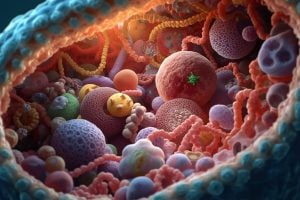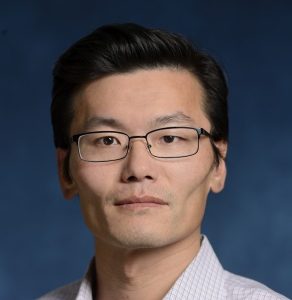
Johns Hopkins mechanical engineers have discovered that cells use a built-in control system to regulate their internal protein concentration—a finding that could improve understanding of how cells survive stress and point to new ways of studying diseases linked to disrupted cell balance, including cancer, metabolic disorders, and neurodegenerative diseases such as Parkinson’s and Alzheimer’s. The team’s results appear in Science Advances.
“In the long road to curing and preventing cancer, scientists and engineers look at a range of dynamic factors throughout the human body that may contribute to cancerous cell growth,” said team leader Sean Sun, professor of mechanical engineering and core researcher at the Institute for NanoBiotechnology. “One of these factors, called cell mass density (CMD)—the ratio between a cell’s mass and volume—was the focus of our study. By revealing how cells naturally regulate this balance, we’re opening new avenues for understanding and treating disease where this system breaks down.”
The team found that cells can adjust CMD after osmotic shock—the sudden loss of liquid volume—and will prioritize the regulation of CMD to a base level. Using a combination of techniques, including 3D tomography single-cell imaging, and mathematical modeling, the team observed that no matter how much CMD is disturbed, it returns to normal over the course of about two days, even if size or mass differs substantially.

Sean Sun
“CMD is important because it tells us how crowded the inside of the cell is with proteins and other molecules,” Sun said. “It’s thought to be crucial for cell health and function, but is understudied. Finding that cells return to stasis in approximately 48 hours was extremely revealing, and is an important step in understanding cellular health as a whole.”
The engineers noticed that CMD was conserved differently in certain kinds of cancer cells. CMD typically runs higher and then is reduced, but in one strain of cancer cell the CMD was lower than normal. Sun said this may be indicative of improper CMD levels, both higher and lower, actually contributing to cell mutation.
“When the system that keeps CMD stable is disrupted, it can lead to diseases and even cancer,” he said. “It’s a piece of the larger puzzle in understanding cancer occurrence, prevention, and treatment.”
Ishan Barman, study co-author and professor of mechanical engineering, said that the team’s new approach using imaging and modeling was a breakthrough.
“3D optical diffraction tomography allows us to precisely quantify cell mass and volume at the single-cell level across large populations, all without labels or perturbation,” he said. “That capability was crucial for uncovering how cells recover balance after stress.”
Gradual changes in CMD are also though to contribute to the aging process.
“We don’t know yet exactly how that happens, but that is something we plan to look into in further detail down the road,” Sun said.
This study was supported by the National Institutes of Health and the Air Force Office of Scientific Research Biophysics Program.